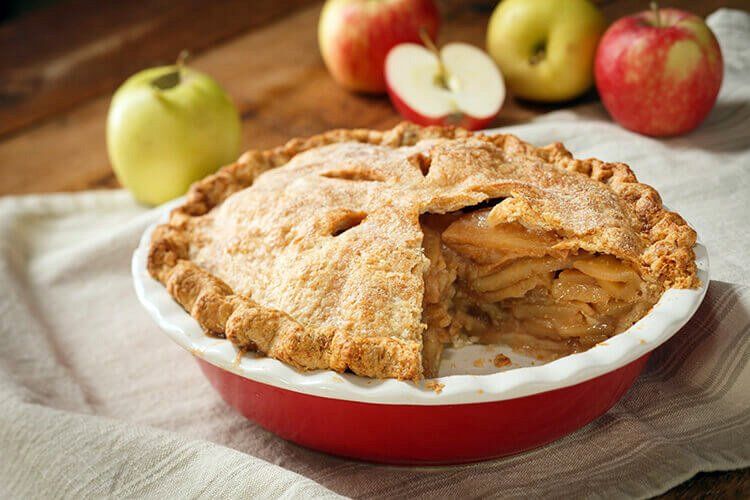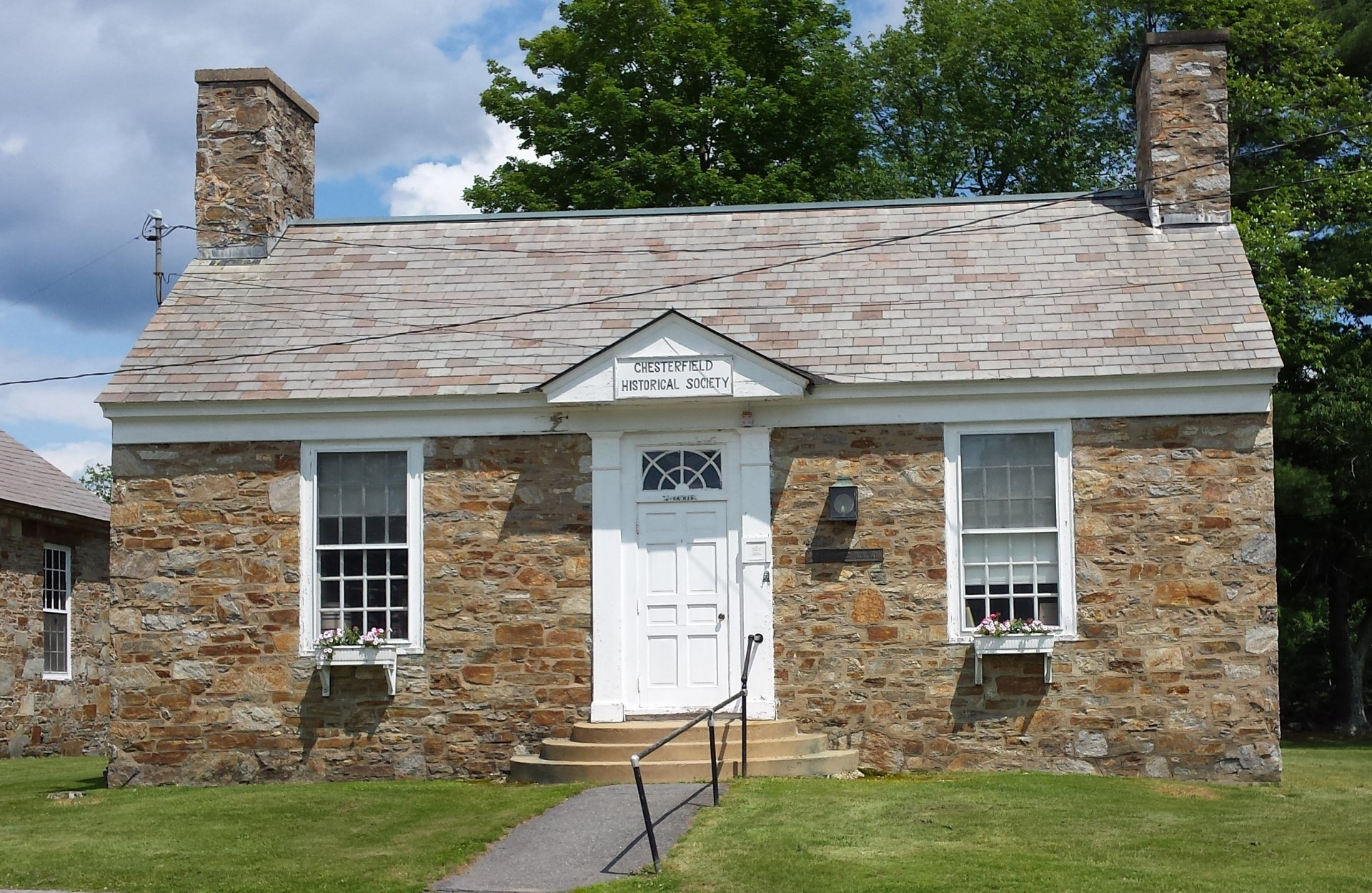As American As Apple Pie

What is Thanksgiving without its traditional Apple Pie. So, let’s look into the fruit that symbolizes America and has featured prominently in religion, mythology, and folk tales. The story of the apple begins in Central Asia where it was first cultivated between 4,000-10,000 years ago in the Tian Shan Mountains between present day Kyrgyzstan and China. It traveled along the silk road, hybridizing along the way with more modifications added once it arrived in Europe by 2000BC. By 800BC, the ancient Greeks developed grafting techniques which is an important feature in domesticated apple production.

Picking Apples in 1835
Meanwhile in North America, only the wild sour crabapple was indigenous. Native Americans, copied by early colonists, had ingenious ways of making them palatable along with using them for medicinal purposes. The European apple first appeared on our landscape in Jamestown, VA as seeds and some cuttings. However, the Rev. William Blaxton (1595-1675) is credited with cultivating the first variety of an American apple, the Yellow Sweeting, on his farm in the Plymouth Colony (RI).
Most European apples did not do well in North America. Nevertheless, orchards grown from seeds grew rapidly throughout the colonies. The incredible number of genetic variations in a single seed and cross pollination created very unique varieties in a short period of time. However, these were not today’s eating apples. They were cider apples, used in the making of hard cider, the primary drink throughout the country well into the 19th Century.

Old Sturbridge Village Cider Press

One cannot mention apples without referencing John Chapman, aka Johnny Appleseed (1774-1845). Born in Leominster, MA, he was greatly influenced by Emanuel Swedenborg’s “New Church” and spent his adult life as an itinerant missionary and storyteller. Once apprentice to an orchardman, he did indeed plant apple nurseries as a way of funding his travels. He would plant the seeds, fence in the nursery, and then sell the land. Also, he would teach grafting and sell saplings. Despite his well-documented eccentricities (which included being a vegetarian, often going barefoot in all weather and wearing tattered clothes), he lived a long life, leaving an estate of 1200 acres scattered throughout Ohio and Indiana to his sister.
As for the apple pie, some references refer to it as being a particular favorite of British, Dutch, and Swedish colonists. Up until the early part of the 19th Century, apple pie was not considered a dessert, but part of the main meal. However, 36 million Americans now choose it as their favorite pie on the dessert table. Referring to it as a symbol of American patriotism and nationalism started to emerge around the turn of the 20th Century. But, its fame was cemented into the national consciousness during WWII, when the country fought for “Mom and Apple Pie!”


